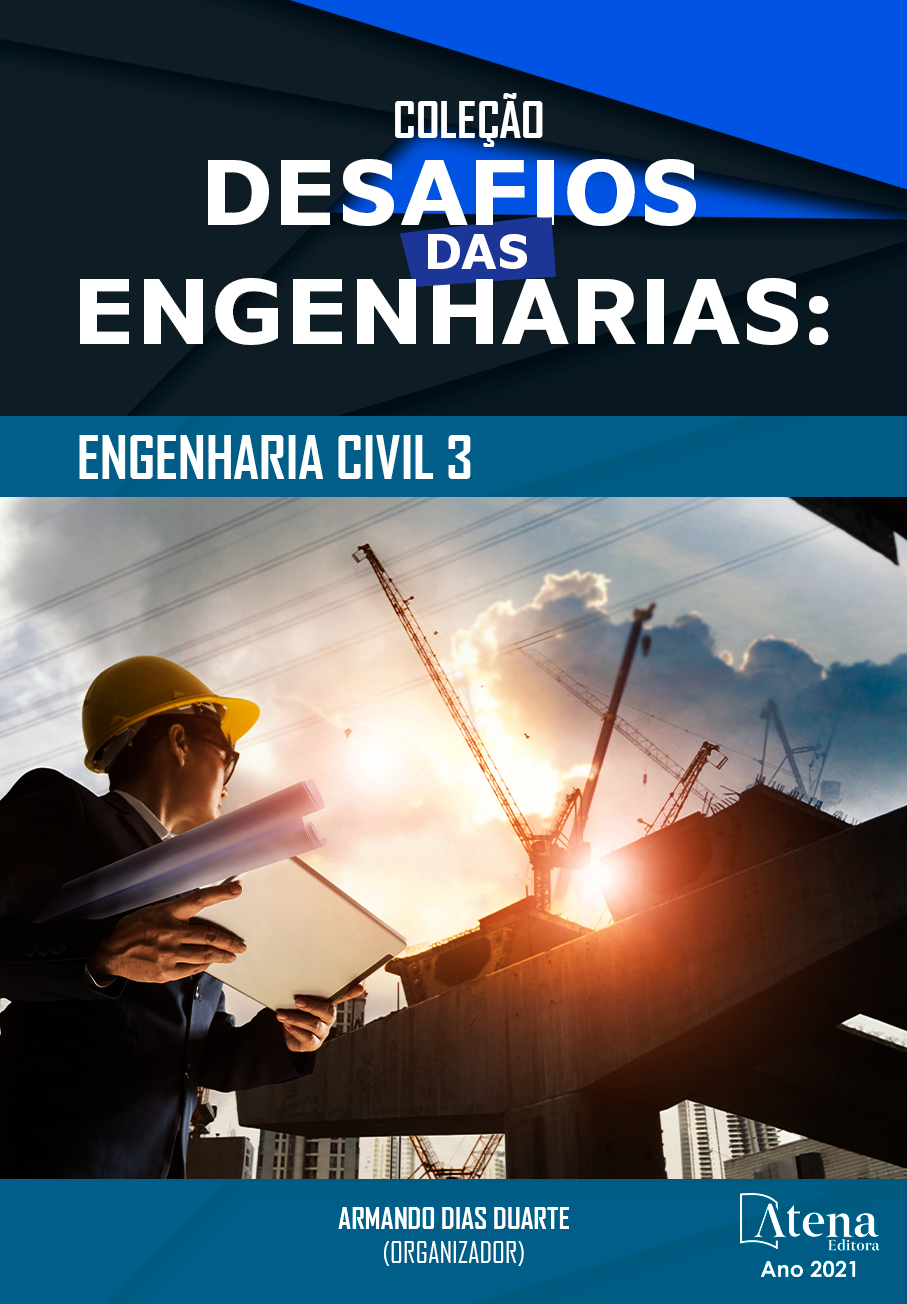
LOCUS SAECULARIS: MATERIAIS QUE CONSTRÍRAM UMA TRADIÇÃO
Inspirado nas comemorações do 100º aniversário (1917-2017) do CEFET/RJ, o presente trabalho procurou fazer, neste rico manancial de história e tradição, um mergulho na história da construção. Tendo elegido o Pavilhão dos Cursos Técnicos de Construção Civil como sítio simultâneo de estudo e homenagem, dadas suas características originais ainda preservadas (1942 a 1944 – época da construção), abordam-se o contexto socioeconômico, técnico e cultural da época. Esta revisão bibliográfica serve de fundo para o entendimento das características observadas da edificação (seu estilo arquitetônico, suas dimensões e disposição de elementos construtivos). Além disto, subsidia a prospecção feita em parede preservada, através de uma janela de inspeção, o entendimento das técnicas construtivas empregadas, dos materiais de construção, das práticas e da transformação do conhecimento técnico-científico através do tempo. Conclui-se que os elementos vistoriados, passados cerca de 75 anos, ainda fornecem a devida solidez à construção e longevidade à Instituição.
LOCUS SAECULARIS: MATERIAIS QUE CONSTRÍRAM UMA TRADIÇÃO
-
DOI: 10.22533/at.ed.39021261021
-
Palavras-chave: Construção civil, História das construções, Material de Construção, Ensino profissionalizante, Anatomia construtiva.
-
Keywords: Civil construction, History of constructions, Building Material, Vocational education, Constructive anatomy
-
Abstract:
Inspired by the celebrations of the 100th anniversary (1917-2017) of CEFET/RJ, this research sought to make, in this rich source of history and tradition, a dive into the history of construction. Having elected the Pavilion of Technical Courses of Civil Construction as a simultaneous site of study and tribute, given its still preserved original characteristics (1942 to 1944 – time of construction), the socioeconomic, technical and cultural context of the time is approached. This bibliographic review serves as a background for the understanding of the observed characteristics of the building (its architectural style, its dimensions and the arrangement of building elements). In addition, it subsidizes the prospecting made in preserved wall, through an inspection window, the understanding of the construction techniques employed, the construction materials, practices and the transformation of technical-scientific knowledge through time. It is concluded that the elements surveyed, after about 75 years, still provide the due strength to the construction and longevity to the Institution.
-
Número de páginas: 14
- Crystian André Montozo Botelho
- JOÃO HERMEM FAGUNDES TOZATTO


